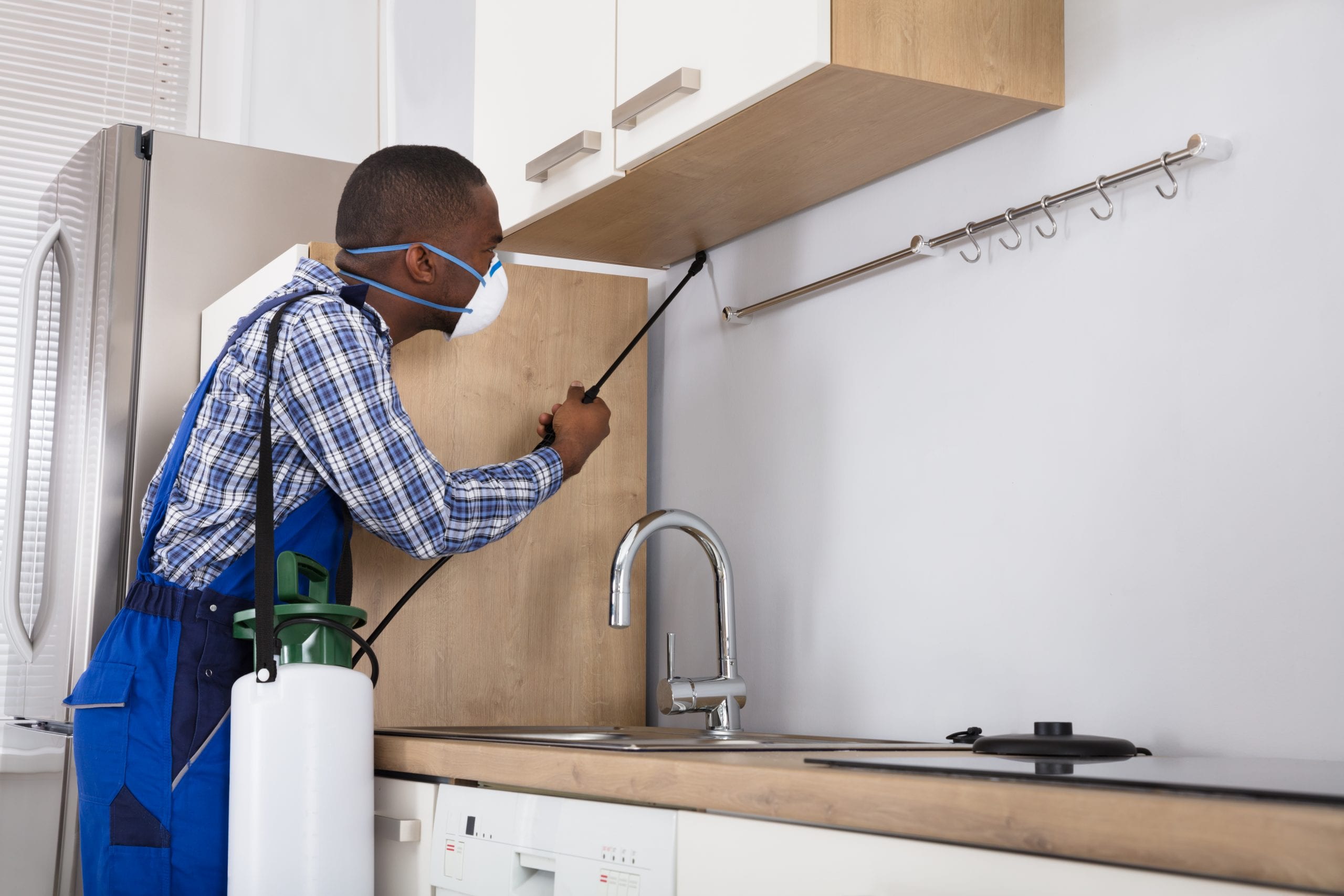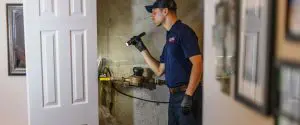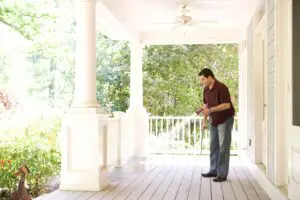

Property Management: How Pests Can Impact Your Business
As a property manager, you work hard to give your tenants a great place to live and your staff a great place to work. Unfortunately, a pest infestation can compromise what you work for very quickly. Pests can affect your property management business in a number of ways, so we put together a list of some of the most significant.
Safety
First and foremost, pests can pose all sorts of health and safety concerns to you, your staff, and your tenants. Health concerns tend to be the more prominent of the two. Many pests carry bacteria and disease causing pathogens which they spread in a number of ways. Pests that get into food sources will contaminate any food they touch. Droppings, besides being gross, are a big factor in the spread of diseases from pests. Biting pests can spread any pathogens they carry to whomever they bite. Some pests, disease carrying or not, can cause allergies, asthma flare-ups, and rashes.
In addition to health risks, safety risks are a major problem caused by pest infestations. For instance, the more bird droppings there are, the more slip-and-fall accidents can happen. Wood damaging pests like termites, carpenter ants, and carpenter bees compromise the structural integrity of buildings. When left untreated, infestations can lead to the possibility of structural failure.
Property Damage/Value
After health and safety concerns, property damage is perhaps the biggest problem caused by pest infestations. Infestations can damage many different areas of a building, and such damage can lower the value of your property by as much as 9%. The type and extent of damage to a property depends on the pest.
Rodents will chew through almost anything, including walls, insulation, pipes, and even wires. Chewing through floors, support beams, and walls can compromise the structural integrity of a building. Damaged insulation can lead to higher heating bills, and chewed pipes can lead to leaks, which will result in even further damage from water. The most dangerous risk posed by rodents’ chewing is exposed wires. Chewed wires can cause sparks and lead to fires. In fact, approximately 25% of unexplained house fires are a direct result of pest damage.
Pests like termites and carpenter ants can cause widespread damage to the structural wood of a building. Eventually, the wood will need to be replaced, which can be very costly. Annually, termites alone affect about 600,000 U.S. residential homes and cost U.S. property owners more than $5 billion.
A significant portion of property value is calculated based on the appearance of both the building and the landscaping. Indoors, pest infestations can take a heavy toll on the appearance of buildings, especially when left untreated. Outdoors, pests like moles and voles can wreak havoc on the appearance of the landscape, as well as the solidity of the ground.
Productivity
You and your employees have quite a few important duties to attend to each day, many of which can be time consuming. They need to get done though, and pest infestations can greatly hamper productivity. Listening and responding to pest complaints is time consuming and can get in the way of performing other necessary tasks. Additionally, employee morale and motivation is lowered significantly when pests of any kind are regularly encountered.
Reputation
You work hard to maintain your high standards, but a pest infestation can injure even the best reputation very quickly. Even if a tenant is not directly affected by a pest, simply knowing of an infestation nearby may be enough to scare them off. In today’s day in age, what with social media and rating websites like Yelp, word about something like pests travels exceedingly fast. This may not only dissuade prospective tenants, but also cause current tenants to leave. High tenant turnover can negatively affect your profits and is a turn-off for potential future tenants.
Cost/Insurance Implications
Pest infestations are costly in more ways than one. First, pest damage can be very expensive to fix. Second, pests establish colonies very quickly and by the time there are signs of a pest, the infestation is probably already widespread. Getting rid of such an infestation may take quite a while and cost quite a bit. DIY pest control methods are often used as an affordable alternative to professional pest control. However, DIY methods typically do not work because most people do not have the specialized training and knowledge needed to effectively deal with a pest infestation. In the long run, DIY methods are not very cost-effective and do not eliminate the problem.
While pest control treatments can sometimes be costly, the damage infestations cause is usually more costly. Unfortunately, insurance companies will not cover the cost to repair pest damage to a home. Because pests are so common, they do not meet the “unexpected and sudden” benchmarks for damages that insurance will cover. Pest damages actually fall under the exclusions. This means that the cost of any damages caused by pests are the responsibility of the property owner.
As mentioned before, infestations can pose health and safety risks to your tenants and staff. Typically, the landlord is responsible for pest control. As such, if an infestation causes illness or injury to a tenant, they are within their rights to sue. This means legal costs, a lot of stress, and in the worst-case-scenario, a settlement or a judgement against you.
In the end, the most cost-effective pest control method by far is prevention. If an infestation cannot occur in the first place, pests cannot pose any risks to your property management business whatsoever. If you are interested in a protection plan for your property, or if you are experiencing pest problems, give Excel a call and we’ll send one of our experienced technicians your way.






